With the Sundance Film Festival just around the corner, we spoke to New Frontier curator Shari Frilot to find out more about the lineup and the challenges of working on a digital edition for the second year in a row.
Following the success of the 2021 digital edition (see our previous interview), the Sundance Film Festival has been working tirelessly to bring a fully biodigital showcase to life for the 2022 festival, and establish the festival “as a metaverse that overlays the physical event with a virtual one”.
Unfortunately, Covid19’s worsening situation asked for a return to an all-digital edition. However, not only does the 2022 edition promise us an even more advanced platform where we can meet artists, build community, and enjoy the artworks. It also offers us an innovative, groundbreaking lineup that looks to our times with some of the most advanced technologies available.
We spoke with New Frontier programmer Shari Frilot to find out more about what we can expect from this edition.
Sundance New Frontier 2022 unveils full details of Online & In-Person venues and activities
Everything You Need To Know – Sundance New Frontier 2022
Sundance New Frontier official website
Working on a second digital edition of the Sundance Film Festival
SHARI FRILOT – The first edition was an incredible success, so we decided to use the Spaceship as the foundation for the 2022 exhibition design. We also built access points to the New Frontier lineup in Park City to provide global access to the works now that technology has become more affordable. With the need to return to an all-digital edition, the one thing we really miss is the convergence we were creating between the online audience in the Spaceship and the in-person audience in our Park City venue and the Egyptian Theater. We were really excited about this breakthrough. We put so much energy into it and we were so proud that we had actually grabbed the golden fleece that allowed us to connect the two worlds. We created a bio-digital bridge where people coming from Park City met a human-sized screen and could converse with avatars on the station. Next year, I guess!
However, we still have a world-class exhibit and platform, and last year we went from our regular 13,000 people to about 40,000. The Spaceship is so robust that it not only hosts the entire New Frontier lineup. It’s also for films, film parties, premieres… So much of the film festival itself is on our Spaceship. It’s very exciting.
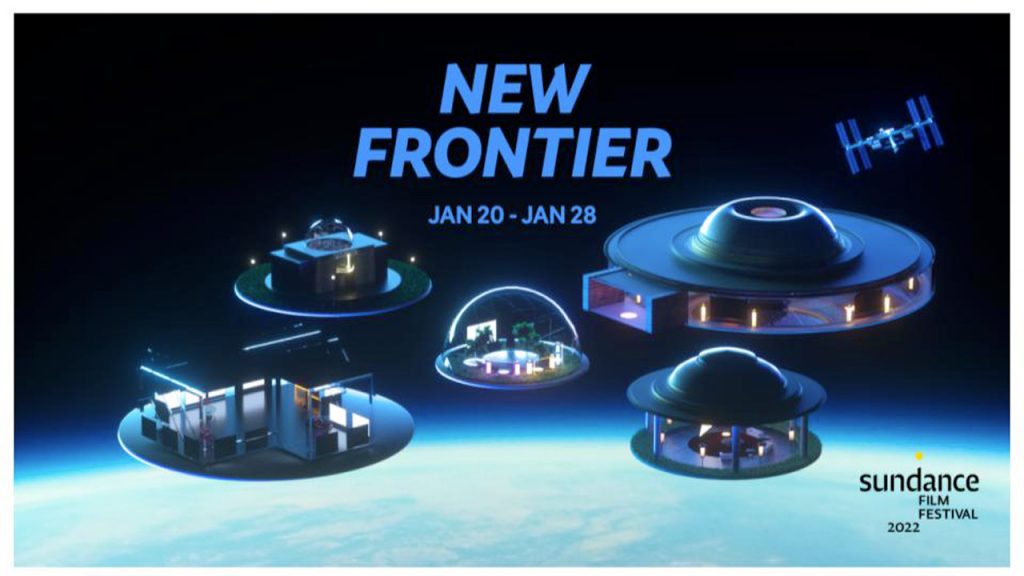
An accessible and human technology
S. F. – Last year we had a little bit of a hard time at first figuring out how to build the avatars, the rules, the spaceship. This year we are much more prepared. Especially after seeing, over the course of six days, how successful we were at the end.
We took into consideration what the artists needed. What didn’t we have last year that we can add this year to help them? The artist spotlight series is part of this reflection: artists will present their projects in the Cinema House and it will be possible to meet them during these live sessions. In addition, the Cinema House will be accessible on both VR and computers.
We put a lot of energy into bringing humanity up, and making our platform more organic. We felt compelled to do this because the lineup is very much about our human condition: there is a lot of heart and soul in these works.
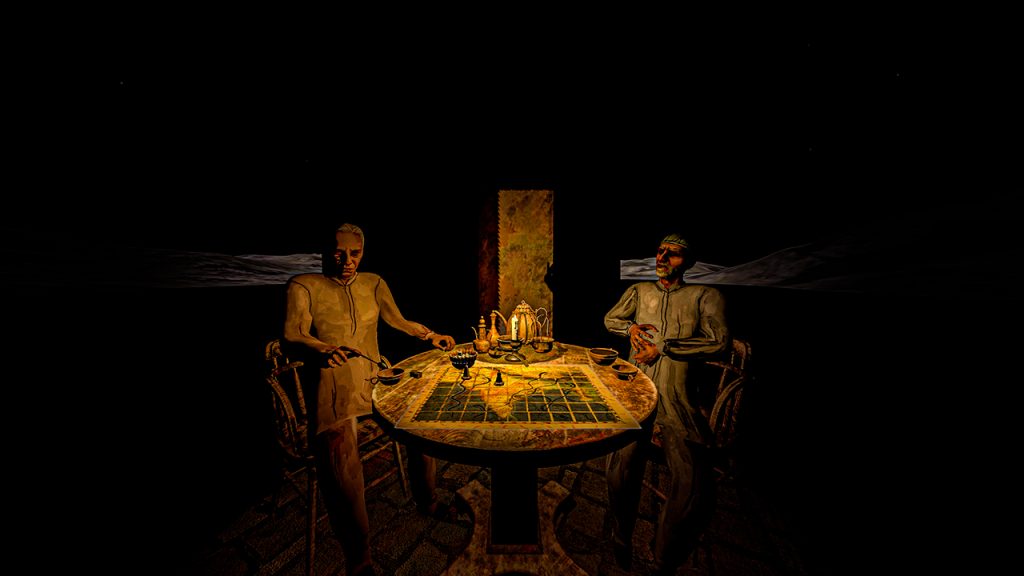
Cinematic storytelling meets cutting-edge technologies in a lineup that captures the issues of our times
S. F. – Our audience is made up of people who are interested in films, and understand narrative storytelling through the lens of films, so the New Frontier selection is being tuned into an audience who has an eye for cinema and an ear for cinema. It speaks cinematic language, while at the same time grasping on new technology that could really magnify the options for telling stories.
We’re gravitating toward new things, like GONDWANA: Ben Joseph Andrews and Emma Roberts have created an entire 3D environment that’s powered by dynamic climate change data sets, so you can see the inside of the Daintree, a rainforest in Australia, 24 hours at a time every day. It’s an immersive, durational environment that shows you how the Daintree is changing. The more people that come in, the more the climate might change and so might the state of the rainforest. I’ve never seen anything like it. We would go in there and not come out, it was so beautiful and relaxing.
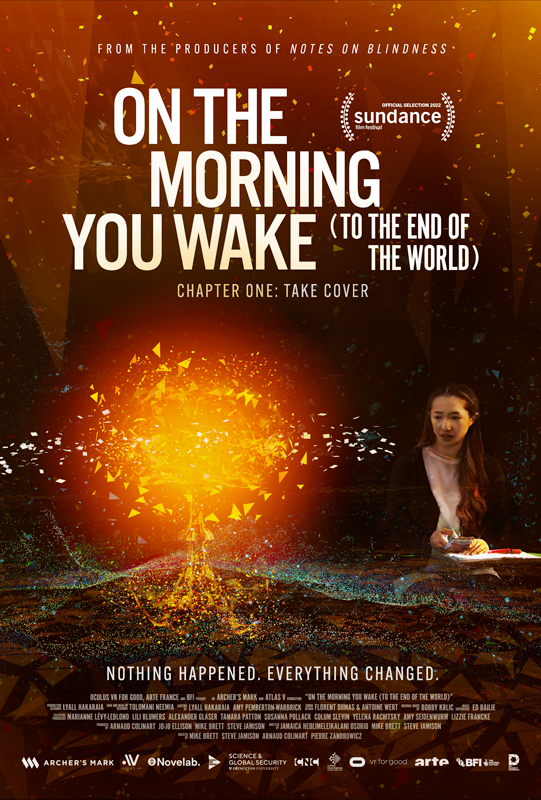
ON THE MORNING YOU WAKE, by the same authors as Notes On Blindness, uses a documentary approach to tell the story of that time in Hawaii when everyone received a message that there was a ballistic missile coming. The work shows how they were able to inhabit that story, and it’s from the perspective of Native Hawaiians-a poetic lens on that experience that’s just remarkable.
And, of course, we had to have some comedy in the lineup. FLAT EARTH VR is kind of a parody, but it’s actually very meaningful: you go into space as a flat-earther astronaut to take a picture of Earth as flat as a pancake: it’s done in such a quality way-you’ve never seen the flat earth like this-that you wonder, “Can this be real?” (laughs)
CHILD OF EMPIRE is a high quality work that reflects on the human condition and resonates with some of the issues we are facing today, such as forced migration and indigenous rights. It also resonates with many of the films that are in the festival in terms of indigenous and environmental concerns.
But where we’ve really seen a surge in innovation is in the field of live performance. In the last few months, we’ve found a lot of people in the performance world turning to technology to continue their practice while on lockdown, and so many works have come out of it.
We’ve had Cie Gilles Jobin and his company at the festival in the past and for COSMOGONY they found a way to low-capture the live motion of the dancers, put it into a 3D environment in real time, and project it in multiple places at the same time. We were supposed to present it on the Spaceship and at the same time in the Egyptian Theatre, but unfortunately we won’t be able to present it in that second venue.
SUGA’ is also a live performance: the artists used volumetric capture to put a live dancer inside a 3D environment. This piece uses very accessible tools like Mozilla Hubs and is so lo-fi that it opens up to anyone. At the same time, it’s done in such a thoughtful, soul-connecting way. The artist, Valencia James, is from Barbados and her work is about what happened in the transatlantic slave trade. You’re going with other people on the ship as a captured slave, and then visit the museum of the experience, to see what happened when the slaves found their way to the Caribbean and their path to liberation. And at the end she does this live dance for the people who are in the experience. She dances in the sugar mill, in a very celebratory and deliberate way. It’s so powerful, so simple, so beautiful.

We’re opening up the festival with a performance by Sam Greene with live accompaniment by JD Samson, titled 32 SOUNDS, and this film performance will also close the platform. It’s a 95-minute live performance about sound and it takes advantage of what you can hear in headphones and binaural sounds. This is another one of the works that should have been in the Egyptian theater as well.
There are also some innovations in augmented reality, and in this regard we selected two works that were particularly interesting: SEVEN GRAMS allows you to see the precious metals inside your phone. Using your phone, it shows you what it’s made of, where these metals come from, and the politics surrounding their commercialization in those countries, in particular the Democratic Republic of Congo. See your interview with Karim Ben Khelifa (SEVEN GRAMS)
ATUA is another interesting piece: I’ve never seen anybody do anything like that. Artists are using an AR sculpture as a performance, in a way. ATUA is an AR rendering of an Asia Pacific god called Te Kore, and the work will be presented in a series of meetings on the Spaceship in the Cinema House, where people can get the QR code on their phones and have the experience together. It’s a very interesting approach to creating an AR experience that is not just individual, but is something you can share, connecting with others.

And sure enough, there’s NFT! You should have seen what my desk looked like with all those NFC proposals! (laughs) There were really dynamic, interesting projects. We are literally witnessing the emergence of a new internet, WEB 3.0, and we had to make sure that we had that topic in the lineup. The piece selected was THE INSIDE WORLD by Jennifer and Kevin McCoy. They invented NFT to begin with! And they are true artists. They are engaging with NFTs not just to sell, but in a storytelling way to create a structure for a crowdsource mystery. It’s just delightful! A long term project they are launching at the festival. They will also have some NFT giveaways that you can use to unlock the performance on Discord in a deeper way.
Creating new technologies to tell visionary stories
S. F. – I tend to avoid talking about the future because I don’t live in the future. I live today. And I listen to artists, and artists are visionaries. They take the tools that exist today and combine them with their desire to tell stories. And in that embrace they create new technologies that allow them to tell those stories. The future happens because of the decisions, actions and creations we make today. It is the artists’ job to bring us to what they might want to create tomorrow.
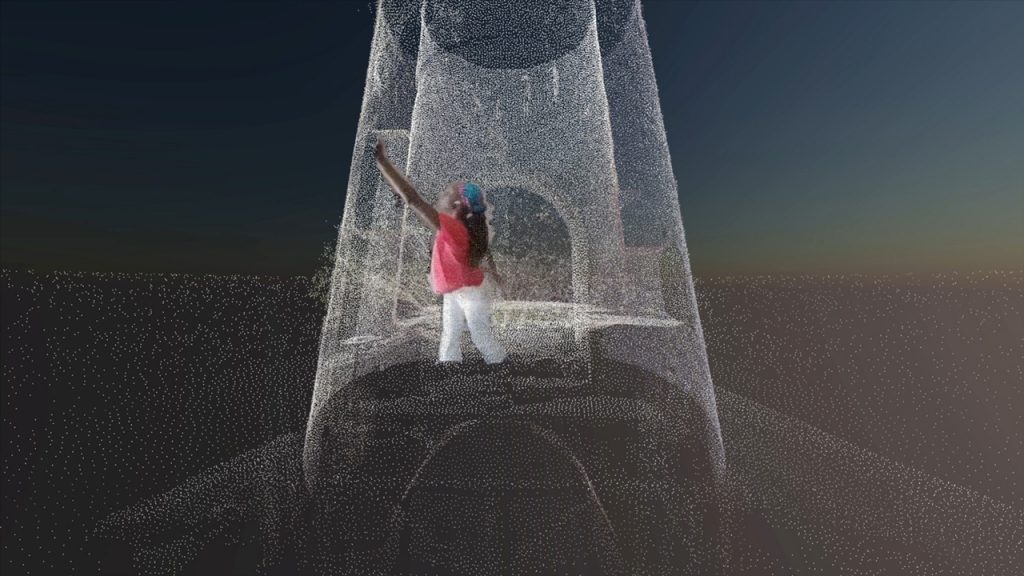
Building community and discussion
S. F. – The 2022 lineup blows my mind. We’ve seen hundreds and hundreds of works and had to get down to 15. It’s a very high quality, daring lineup. A lineup that I’m very excited about.
With streaming options, cinema culture is turning into a “I watch movies and then I’m back in my living room with myself” instead of being able to talk about them to people in the cinema. So there’s a quality to New Frontier this year because we’ve been able to create the Spaceship as kind of a social platform that is really focused on providing a space for people to come together and talk about the artworks. A space where they can meet artists and find a community and, at the same time, a place where filmmakers can know who their audience is.
This is a very important quality of a film culture that we are working hard to maintain. I hope this is what will define the future going forward.
Given the state of the Earth, given the state of our environment, given the state of our interpersonal connections, how can technology really help us? We scheduled some meetups about NFT on the Spaceship, provoked by a really wonderful conversation between Jesse Damiani and Amelia Winder-Bearkin. These conversations revolve around what NFT means, what blockchain means, and what it means to remain human in all of this. How can all this help us and our society? How can we have an internet that doesn’t scrape our data, but actually reflects the collective and our collective values?
It’s important for us to keep up with the industry and help make explicit what we need from these new technologies. This is another reason why I always try to avoid talking about the future: I think the most productive way to think about these emerging technologies is to ask ourselves: what do we need from these new technologies?
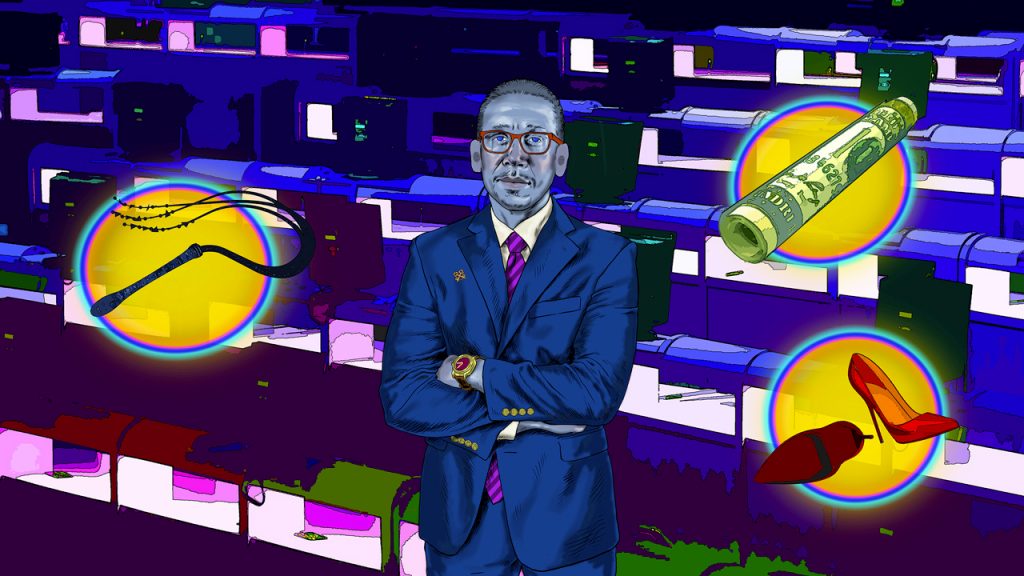



Leave a Reply
You must be logged in to post a comment.